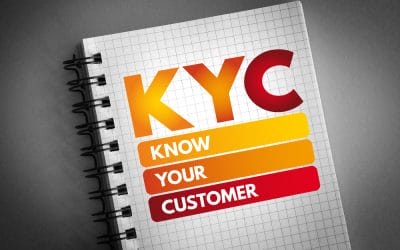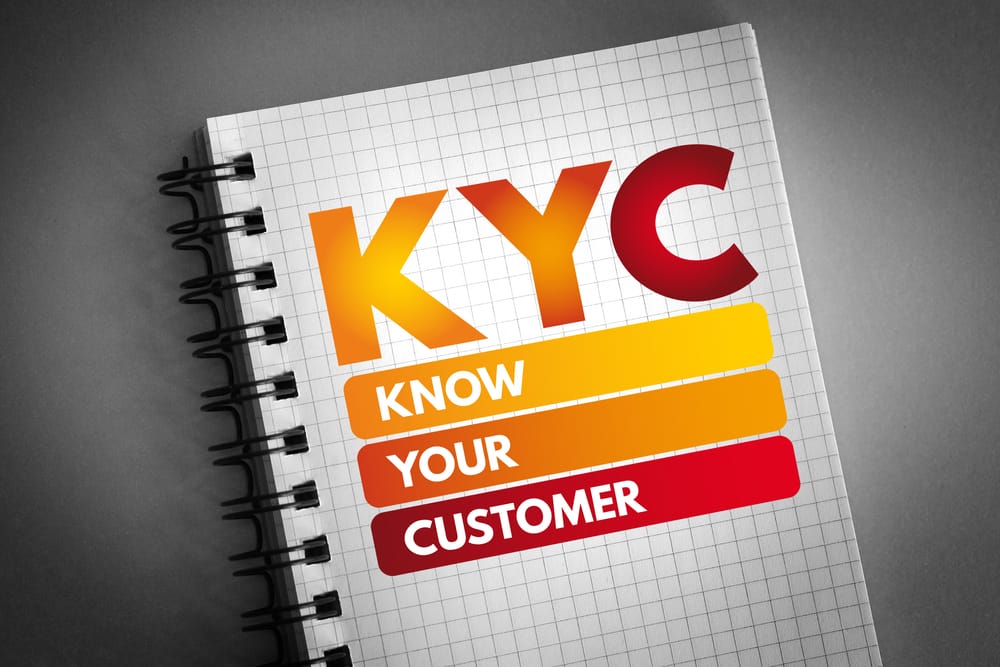Factors of Conducting Enhanced Due Diligence
Are your KYC protocols and practices set up for success in 2023? As we settle into the new year and face the ever-evolving world of online business, now more than ever before companies and financial institutions should prepare and implement strong Anti-Money Laundering (AML) and due diligence approaches to preventing fraud and financial crime. Customer Due Diligence and its more intensive counterpart Enhanced Due Diligence are essential components in an overall effective KYC and compliance strategy, with both providing you with integral information that allows you to forge partnerships with care.
Below, we’ll take a closer look at the steps involved in conducting EDD, as well as partnering with a proven KYC leader like iComply Investor Services.
What is Enhanced Due Diligence?
Enhanced Due Diligence (EDD) is the more advanced form of standard Customer Due Diligence (CDD). While both aim to obtain and verify certain basic details such as a customer’s name and location (or place of incorporation for business entities), Enhanced Due Diligence takes things further and digs for additional information that verifies customer identity, ownership structures, existing financial data, and other relevant historical factors like known associates, political exposures, and more.
With money laundering and other fraudulent practices becoming incredibly advanced, and the constant evolution of current data privacy and security standards, EDD is increasingly necessary for today’s market. Beyond staying compliant with the latest AML standards, EDD also allows your internal fraud and security teams to make better business decisions with confidence when partnering with new individuals and entities.
Some of the standard steps involved in conducting EDD include:
Using a Risk-Based Assessment
The primary goal of CDD and EDD is to be able to create accurate risk profiles compiled about natural persons and corporate entities, based on the most up-to-date information available. At the most basic level, EDD will begin by using information collected during the initial CDD—by focusing on key risk factors (which may vary dependent on the persons and/or industry in question)—to best categorize the individual or entity in question and assess which factors might have the greatest potential impact on your organization.
Obtaining Core Information
High-risk customers require a closer assessment and more detailed information beyond what standard verification measures or provides. While your team may be able to garner certain specifics from refined questionnaires and prompts on a mobile device, EDD will go deeper and look for the following:
For Natural Persons:
- Known associations
- Relevant business and/or personal history
- Title and details held by Politically Exposed Persons (PEP), as well as close familial ties to a PEP (as needed)
- Individual sanctions, where applicable
- Credit history, etc.
For Businesses
- Official company documentation
- Articles of incorporation
- Names of suppliers and customers, as well as their locations
- Board member and beneficiary information, etc.
Other factors to be analyzed include the source of funds/source of wealth for individuals and related companies, including shares, investments, salaries, property and assets, dividends, and other elements that contribute to the accumulation and distribution of funds.
Transaction Monitoring
A client’s transaction history can tell you quite a bit about the potential risk they may pose to your business or institution. Transaction history can help establish whether or not there is a viable credit score, what kind of assets are frequently moved (and where), what parties they frequently interact with, and whether or not you need to be aware of other methods of funds transferring, such as the use of cryptocurrencies to move money.
Adverse Media and Negative Associations
High-risk persons have an elevated risk of carrying adverse media and negative associations that can cause problems for your organization down the line. To avoid costly fines and other potential risk exposure, your EDD protocols should incorporate adverse media and reputation assessment, as well as a method to continuously reevaluate as needed.
Ongoing monitoring
Business leaders without a reliable plan to adequately monitor and assess risks to their organizations play a dangerous game with both compliance and operational best practices. Under AML regulations, you need to ensure that you continuously screen for sanctions and other issues that can arise, even after a partnership is formed. Utilizing a trusted platform like iComplyKYC makes it easy to stay in the know and catch critical risk factors as soon as they arise, allowing you to stay compliant and protected when it matters most.
EDD with iComplyKYC
At iComply, we know that compliance and transparency are critical to long-term success. Our award-winning suite of modular KYC services gives your team the software, data, and support needed to easily locate the information required to stay compliant with AML legislation for every jurisdiction around the world where you serve your clients.
Thanks to our partnerships with trusted industry leaders like Microsoft, we’re proud to offer a truly end-to-end KYC and EDD digital solution for businesses and institutions across North America and Europe. Learn how we do it by talking to our team today and booking a demo!
learn more
Is your AML compliance too expensive, time-consuming, or ineffective?
iComply enables financial services providers to reduce costs, risk, and complexity and improve staff capacity, effectiveness, and customer experience.
Request a demo today.
The Future of KYC: A Digital Journey Through Verification
The Future of KYC: A Seamless Digital Experience
Explore how modern KYC technology is transforming identity verification, making it faster, more secure, and user-friendly. Discover the benefits of biometric authentication, blockchain security, and self-sovereign identity.
The Lifecycle of Dirty Money: How AML Checks Turn the Tide
The Journey of Laundered Money: A Deep Dive into AML Compliance
Follow the path of “dirty money” through its three stages – placement, layering, and integration – and discover how robust AML processes can break the chain at each step.
Four AML Myths Commonly Found in US Companies
Debunk common myths about global sanctions, PEP, and AML screening in this guide for US businesses. Learn why even domestic companies need global compliance, and discover how iComply’s tools streamline screening, uncover hidden risks, and ensure regulatory readiness.








